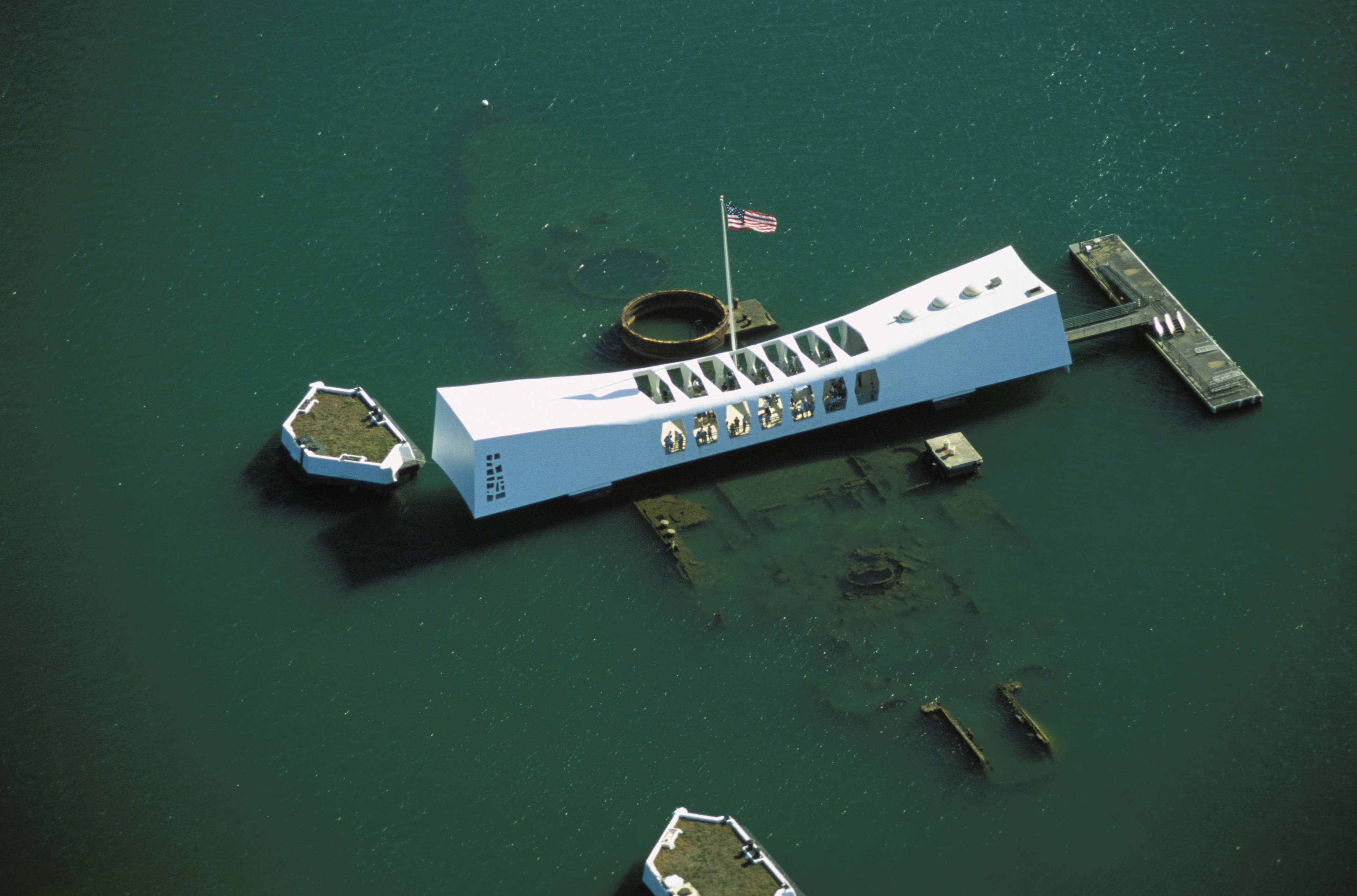7th of December 1941 is the day the Japanese attacked Pearl Harbor. Prior to this, America was opposed to the idea of participating in the Second World War. This event pushed America in entering the battlefield.
What happened in Pearl Harbour? Let’s take a look back.
Prior events
Prior to the Pearl Harbor Attack, tensions between Japan and the United States are present during World War II. Japan has committed several atrocities including the invasion of Manchuria and the Nanjing Massacre. In response, the US imposed trade bans on Japan in products like oil, steel and other key ingredients for war. This is an attempt to paralyze Japan’s ambition to expand. Instead, this fueled anger towards the interference of the West in the affairs of the East.
Months leading to the attack, multiple negotiations between the two parties were conducted. As expected, these negotiations failed.
From our partners:
The day of the attack
With all these laid down, it is clear that a war is inevitable. What made the attack so striking is that it went down in American soil. For quite some time, the isolationist stance of the Americans gave them a false assurance that no one will dare attack it in their own soil. At the time, this is simply unheard of. On top of this, the Americans didn’t expect that an attack will be launched first in Hawaii. The Pearl Harbor is quite unguarded — an easy target. Japan took this opportunity, carefully crafting a plan that will weaken the US naval forces in the Pacific.
On 7 December 1941, Japan attacked Pearl Harbor. Early in the morning, bombs, guns, and ships attacked Pearl Harbor’s airfields and ships.
The attack damaged eight battleships in the base, 300 aircraft, and killed 2,400. Within the next 24 hours, the US declared war.
The motivation
By neutralising the US Pacific Fleet, Japan can conquer the current and former Western colonies in the South Pacific.
By 1942, Japan captured Burma, British Malaya, Dutch East Indies, and the Philippines. This allowed access to natural resources such as oil and rubber that can propel the expansionism.
The aftermath
The goal to completely neutralise the US naval forces in the Pacific wasn’t completely attained through the Pearl Harbor attack.
While Japan managed to capture South Pacific colonies, they were unaware of the infrastructure of Pearl Harbor. They missed oil storage facilities, ammunition sites, and reparation facilities. In the day of the attack, no US aircraft carrier was present, either.
This oversight eventually haunted Japan six month later in the Battle of Midway. The resources and infrastructure from Pearl Harbor contributed to the victory of the US. This shifted the odds in favor of the Allies.
This blunder of forcing the US entry to the war will further work against Japan less than four years later, with the US playing an essential part to their eventual and absolute defeat.
Pearl Harbor today

Today, Pearl Harbor remains to be a base of the US Naval Fleet. In 2010, it merged with the nearby Hickam Air Force base, forming the Joint Base Pearl Harbor–Hickam.
The remains of USS Arizona was preserved as a national cemetery as is one of the most-visited places in Hawaii.














